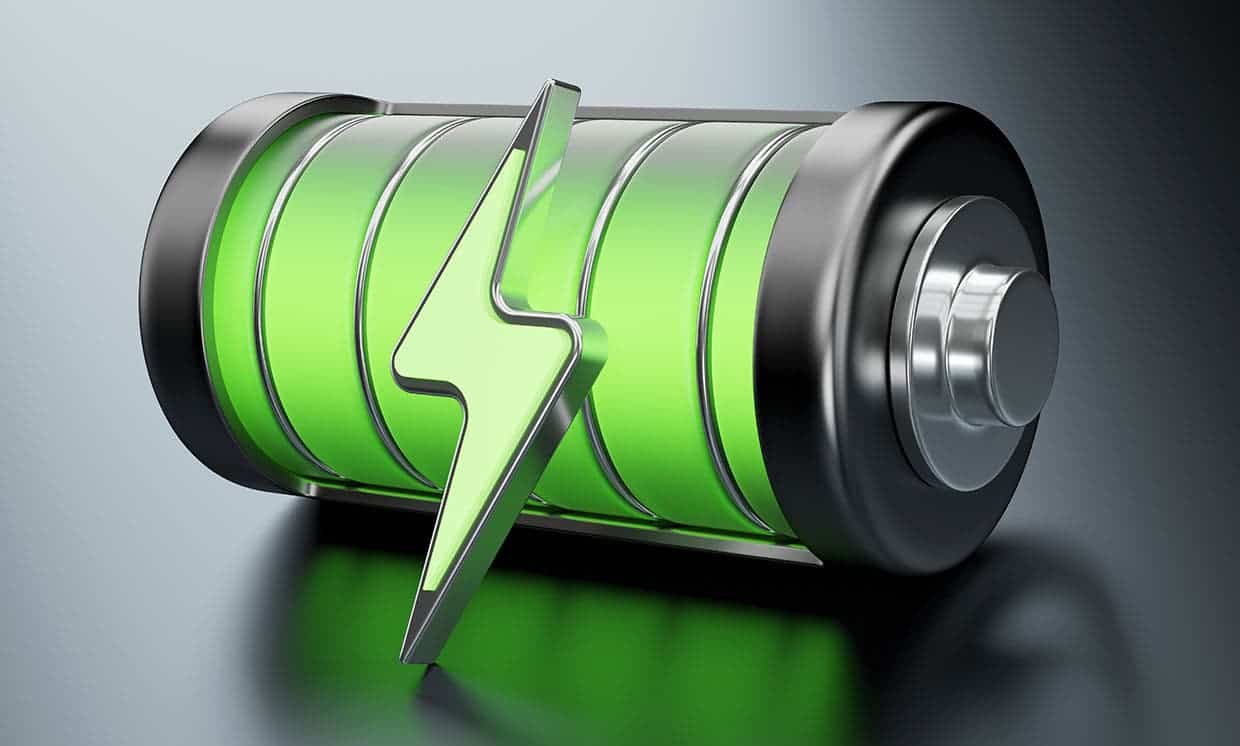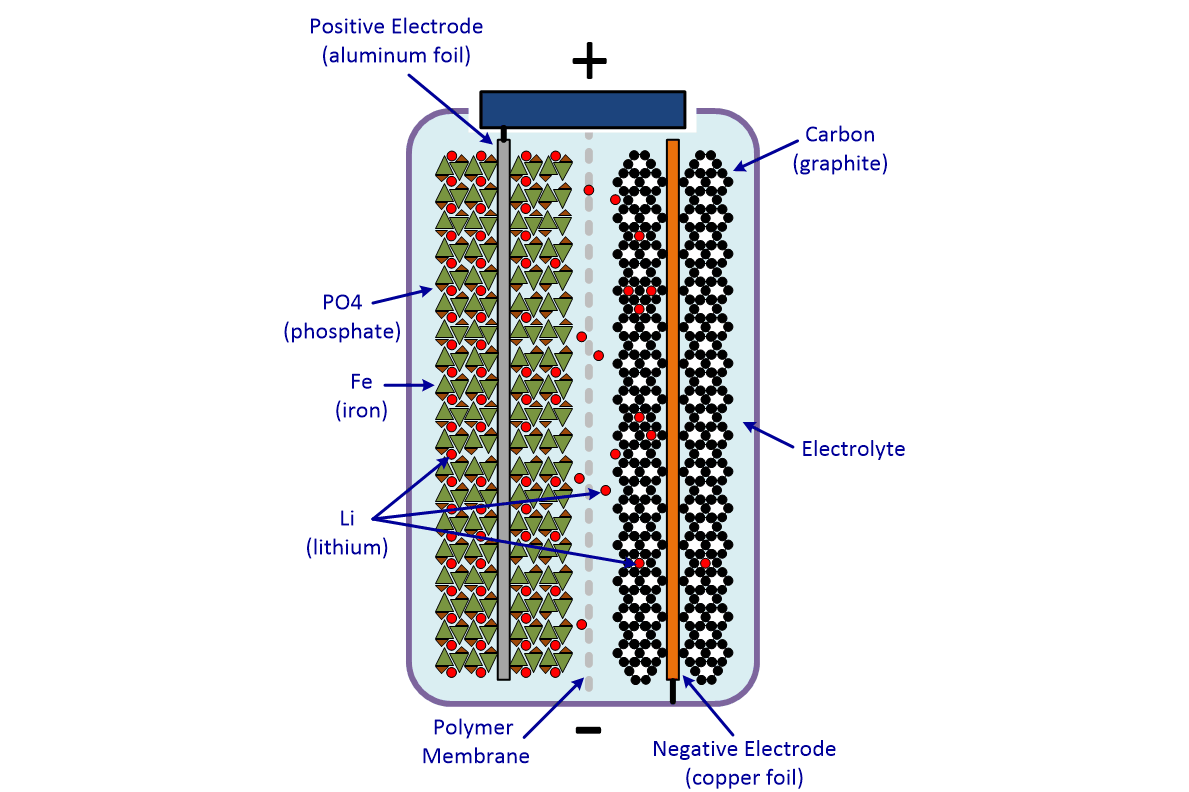
Making the right choice when selecting a battery for your device or application can be daunting. With so many different chemistries available, its hard to know which one is best suited for your needs. This article provides an overview of the various types of batteries, their chemistry, and how they are used in everyday life.
This article will explain what goes into making a battery and how each type works differently from another. It will also discuss how to choose the right chemistry for your application by examining factors such as safety, cost efficiency and environmental impact.
Finally, youll learn about some of the most important applications that use batteries today and why its essential to make sure you get the correct type for each job. Whether youre looking for portable power or renewable energy storage solutions, this guide will give you all the information needed to make an informed decision on your next project – giving peace-of-mind knowing that whatever power solution you select is tailored exactly to your requirements!
Introduction to Battery Types and Their Uses
When it comes to batteries, there is a wide variety of different types available. This guide provides an introduction to the different battery chemistries and their various applications. Youll learn about alkaline batteries, lithium-ion cells, nickel-metal hydride (NiMH) cells and lead acid batteries – each with its own unique benefits and drawbacks.
From powering motorised vehicles like electric cars to powering everyday items like remote controls or flashlights, you will gain a better understanding of how each type of battery works and when they should be used for optimal performance. Understanding the differences between these types of batteries can help you make informed decisions on which one best fits your needs.
Common Battery Chemistries Explained

Source: carexpert.com.au
When it comes to understanding the different types of batteries and their respective chemistries, there is a lot to consider. Battery chemistries are complex and varied, each with its own unique set of properties that make it useful for certain applications. Common battery chemistries include lead-acid, nickel-cadmium (NiCd), nickel metal hydride (NiMH), lithium ion (Li-ion) and alkaline. Each chemistry has advantages as well as drawbacks when compared to other common battery types.
Lead-acid batteries have been around since 1859, making them one of the oldest battery technologies available today. This chemistry is typically found in vehicles like cars or boats due to its relatively low cost and high energy density. Lead-acid batteries also possess a long shelf life if properly maintained but can be susceptible to discharging quickly when stored at lower temperatures or overcharged/overdischarged frequently. Nickel Cadmium (NiCd) cells operate similarly to lead acid cells but offer higher energy densities along with greater durability under extreme temperatures; however they tend not be environmentally friendly due their cadmium content which can be toxic if disposed improperly after use. NiCd cells typically last longer than other cell types given proper maintenance but require more effort when recycling due their hazardous nature. Nickel Metal Hydride (NiMH) cells are similar in many ways to NiCd though without the potential toxicity associated with cadmium disposal; these are often found in consumer devices such as laptop computers or portable cameras because of their light weight combined good performance characteristics relative cost effectiveness.
They offer improved capacity over NiCd while still being able maintain reasonable cycle times before needing replacement. Lithium Ion technology is currently considered one of the most popular battery chemicals thanks largely thanks its high power output capabilities combined with relatively low self discharge rates , this allows for devices powered by Li Ion packs remain charged significantly longer then lets say those run on Nickel based systems . Its worth noting that Lithium Ion packs do carry some risk related hazards so great care must taken while handling them – including not exposing Li Ion packs too much heat which could cause thermal runaway leading catastrophic failure.
Finally Alkaline Batteries are often used in portable electronics such as flashlights and remote controls due both wide availability affordability – though they tend lack longevity usually requiring frequent replacements depending on usage patterns. Alkaline Cells also dont tolerate deep cycling very well meaning large draw requests will likely drain charge very quickly dramatically shortening service life expectancy even further .
Factors to Consider When Selecting the Right Battery Type

When selecting the right type of battery for a particular application, there are several factors to consider. Firstly, one must understand the different chemistries available and their respective characteristics. Lead-acid batteries are able to provide high power but have limited capacity and a short lifespan compared to other types. On the other hand, lithium ion batteries have higher capacities and longer lifespans with relatively lower self-discharge rates than lead acid ones. Additionally, nickel metal hydride cells offer good energy density and cost effectiveness while still providing excellent performance in terms of longevity and stability when correctly maintained. Next, one should take into account the size requirements of their application as some chemistries can be more compact than others while still providing enough charge or discharge cycles for an effective design solution. Furthermore, depending on the environment in which it will be used, certain chemistries may be better suited due to their resistance against temperature changes or humidity levels; for instance Lithium Iron Phosphate (LiFePO4) cells may perform well in hot environments whereas Nickel Cadmium (NiCd) could work better at colder temperatures without sacrificing too much capacity over time. Finally, safety is also an important factor that needs to be considered when choosing between battery types as they all possess varying levels of risk associated with them; LiPo packs can often catch fire if not handled appropriately while NiMH cells require special disposal methods due to toxic materials being present within them so it is important that proper protocols are followed during installation & maintenance operations whenever possible. With this information taken into consideration before making a decision on which chemistry is best suitable for any given job task it should hopefully result in greater success rates overall!
Conclusion
In conclusion, battery types are an important factor to take into account when designing and using a device powered by electricity. Different chemistries have different properties that make them suitable for different applications; cost, power output, lifetime of the battery, size and weight considerations all play a role in choosing the right type of battery. When selecting batteries for your project it is important to consider the specific requirements and research which chemistry will be most appropriate. Ultimately, understanding how each type of battery works can help you identify what type of battery is best suited for your needs.




